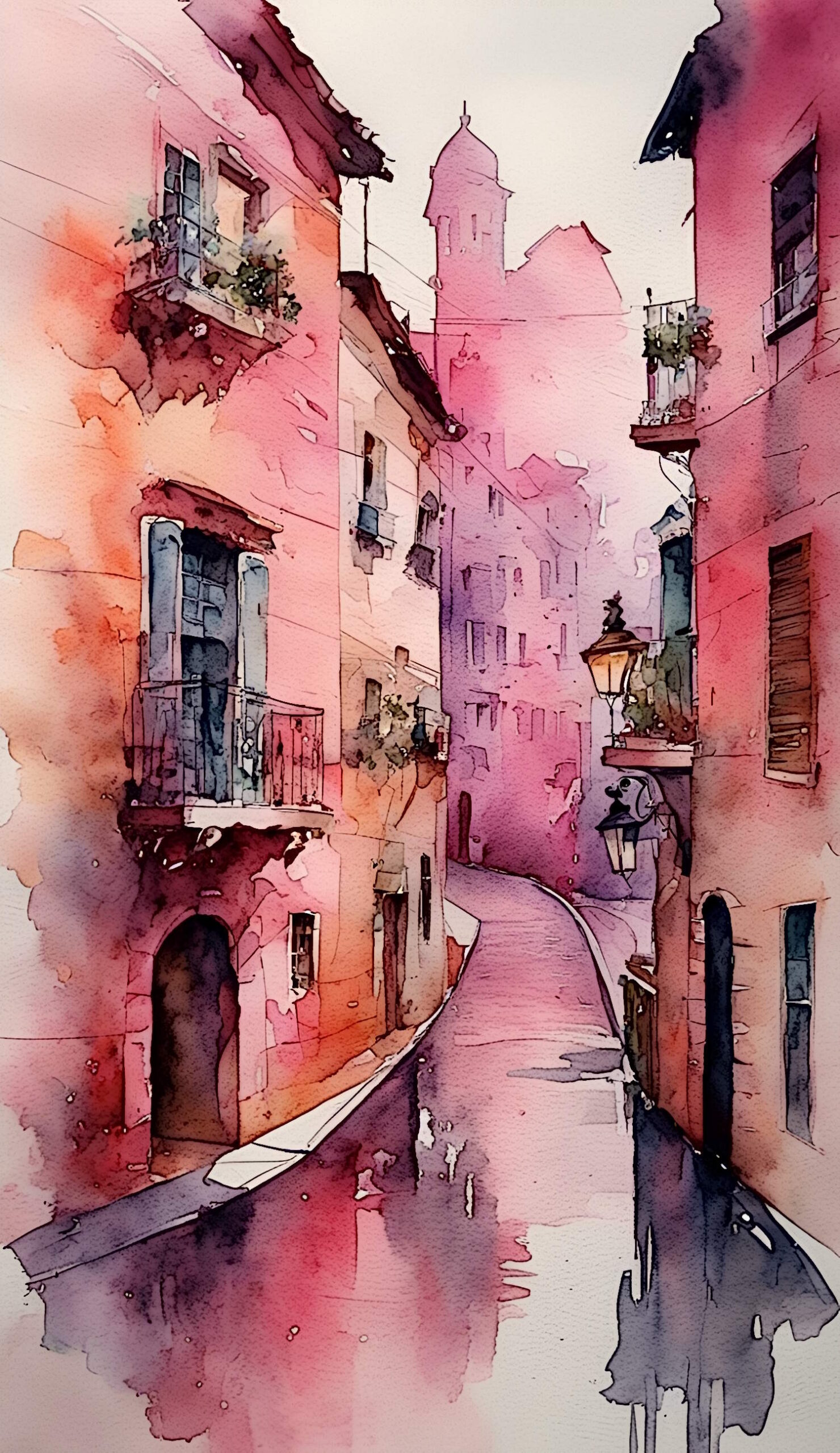Whenever I face the challenge of designing a new project, I really enjoy the initial stages of the process. First, meeting with clients and discovering what they want and sometimes don't even know they want, then sitting own and researching the subject, and finally the most rewarding and exciting part: putting all those ideas down on paper that have been formed from the first contact with the customer.
I love my professions.
But there's a peculiar stage for me, it is one that I've always found a little less enjoyable overall; at least I did in the past (I'll tell you why in a moment). I refer to the stage of finalization as mental drain, mainly because by defining any project, regardless of the size you are forced to become a juggler. Keeping everything up in the air, spinning, hoping that nobody adds a chainsaw.
There are different stages with any project. And it is made up of a beginning, a middle, and an end. Of curse this is the chronology of any project. Regardless of the industry or scale. When you bake a pie you acquire the ingredients based on your recipe. In the early stages of a architectural project, the research process is quite specific; that is, we know clearly what we are going to design a specific building, this can be as simple as a house, if it is a house this will guide my research toward specific homes; if we are going to design an office tower or complex, research is limited to offices, if the project is to design a shopping mall, well then our team researches malls, and so on; it is a stage that requires clear and definite research limited to the specific scope of the project, in which the steps to be taken are quite clear and well defined. That, of course, added to the subjective research that arises when analyzing what the client wants and needs for the specific project.
On the other hand, when I have to start defining the various aspects of a project. The actual ingredients that make up a specific recipe; materials, finishes and architectural products, everything has a tendency to quickly loose that sharp focus that the project's start once had. There are many specific aspects that need to be kept in focus, each a subject of broad research that we need to investigate, besides the fact that we must be updated on the status of each individual aspect of the project going forward, since the trends in the design change continuously, which begins to weave an intricate network of elements together, that snake through my head, depending on the complexity of the project, this tapestry may end up collapsing if I am not mindful of the many pieces that go into completion. I guess that's why I studied architecture in the first place, for a sense of challenge. (On a side note: Architecture took hold of me through my fascination with ancient Rome.)
Recently, I was designing a residential project valued in the low seven figure range and just as I got to that not-so-fun stage, on one of those days when the mind's eye was unclouded, just about to finish building this masterpiece, I discovered a new way to look at things. A way that allowed me to be clear on all of the different spinning parts that made up the machine, mindfulness.
I'm the kind of person who doesn't stop and contemplate too much when making design decisions, much of what has lead me to the choices has already been laid out clearly; most of the time I'm guided by what my intuition tells me is the right call, so for me, the design process doesn't take me that long. In addition, I enjoy the speed with which I work, as that allows me to dedicate time to other parts of my life that are as important to me as my career. Until now, that last stage ceased to be pleasant the moment when it became necessary to stop the forward momentum that is generated in the earlier stages, to seek suppliers and make decisions on materials. Naturally some of these decisions are made prior to this point, at least in that rough form in the back of my head.
We live in an age when, with each passing day the minutes seem to last shorter than they once did (tempus fugit), this ever moving lifestlye, which allows us to attend to multiple demands in one place, is appreciated, I can't imagine the effort which went into the momentous structures of the past without a smartphone. That is why mindfulness, thanks to the time that it has allowed me to save, has slowly begun to change my way of thinking, it has gone so far as to give me a sense that I feel that this last stage of the design process has been going up on my scale of tasks I would rather not do and now I am able to enjoy it almost as much as the design process.
We are full of paradigms, little reminders that tell us blankly that cutting corners is not a good thing. They shout out at us and say that we must learn to enjoy the processes, regardless of how long they seem to take, that does not in fact have to be the case; to make them we need to be able to take advantage of the opportunities that afford themselves to us, and in so doing allow us to accelerate the pace and reconnect to the life that can easily be obfuscated from us.

